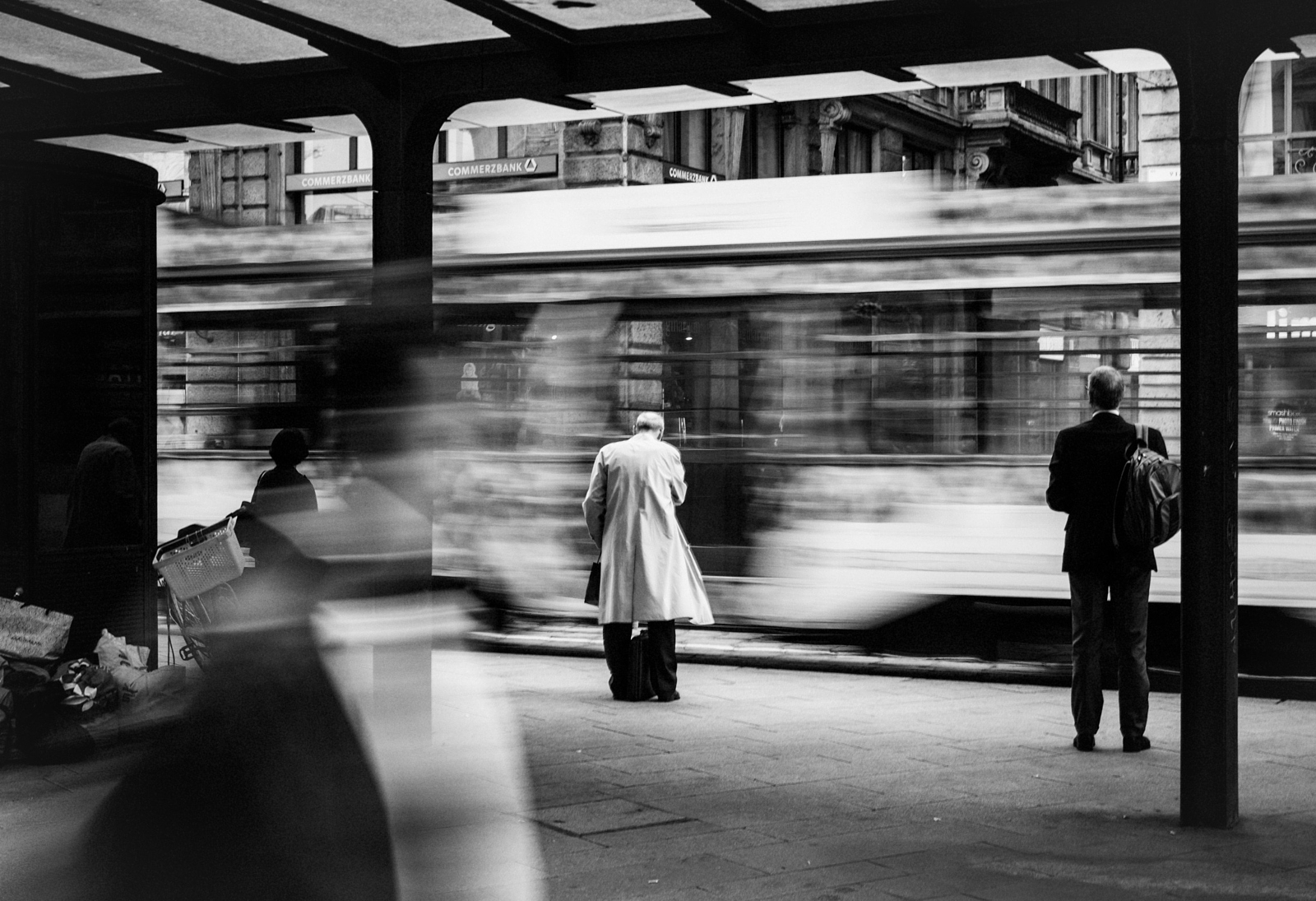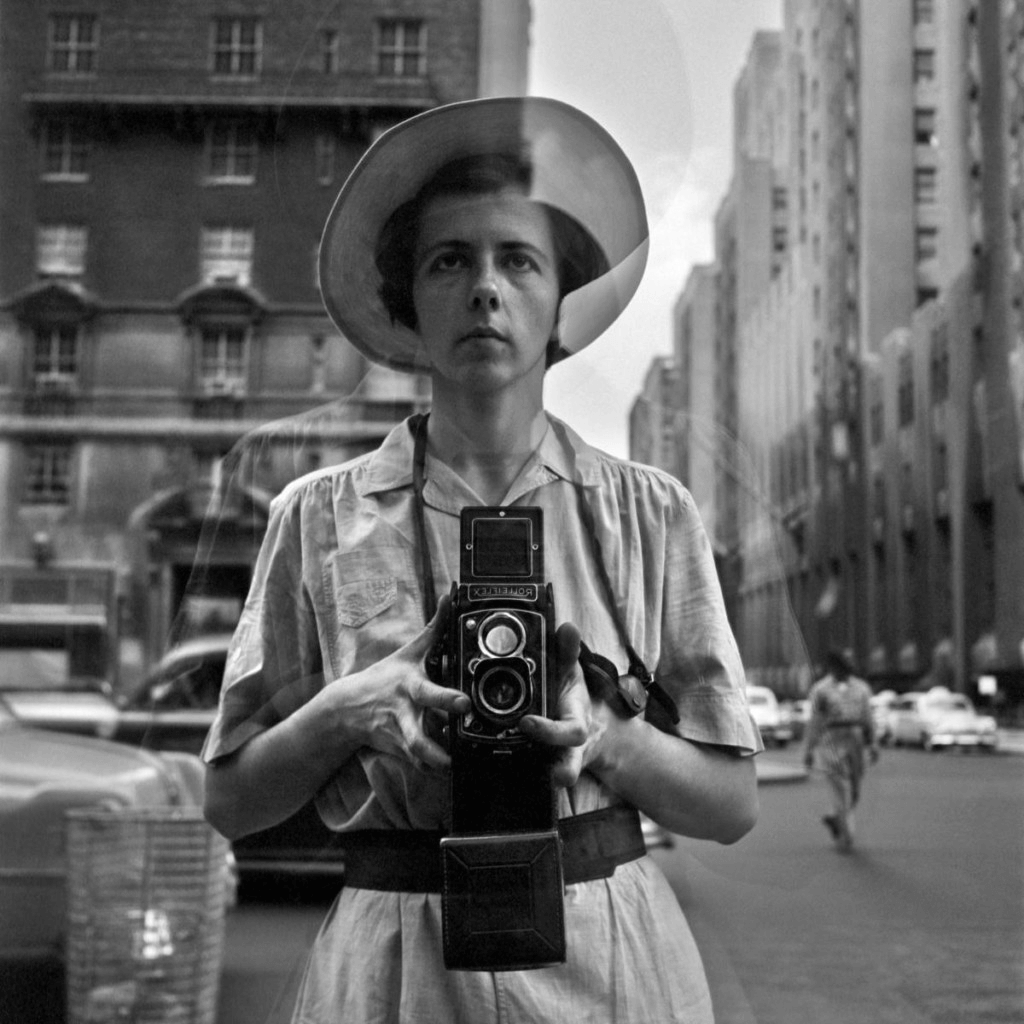Some Ideas on Framing Streets You Should Know
Wiki Article
Framing Streets for Dummies
Table of ContentsThe Facts About Framing Streets RevealedThe Ultimate Guide To Framing StreetsThe Definitive Guide to Framing StreetsThe smart Trick of Framing Streets That Nobody is Talking AboutFraming Streets Can Be Fun For AnyoneHow Framing Streets can Save You Time, Stress, and Money.
, generally with the goal of capturing pictures at a decisive or touching moment by mindful framing and timing. https://penzu.com/p/454a0d4b3b5b7826.
About Framing Streets
Susan Sontag, 1977 Street photography can concentrate on individuals and their actions in public. In this respect, the road digital photographer is comparable to social documentary digital photographers or photojournalists who likewise operate in public locations, yet with the goal of catching newsworthy occasions. Any of these digital photographers' images might record individuals and building visible within or from public areas, which often requires navigating ethical issues and regulations of personal privacy, protection, and building.Depictions of daily public life form a genre in nearly every duration of world art, beginning in the pre-historic, Sumerian, Egyptian and early Buddhist art durations. Art dealing with the life of the road, whether within sights of cityscapes, or as the dominant concept, appears in the West in the canon of the Northern Renaissance, Baroque, Rococo, of Romanticism, Realism, Impressionism and Post-Impressionism.
The Ultimate Guide To Framing Streets
Louis Daguerre: "Boulevard du Holy place" (1838 or 1839) In 1838 or 1839 the initial picture of numbers in the road was tape-recorded by Louis-Jacques-Mand Daguerre in one of a set of daguerreotype views extracted from his workshop home window of the Boulevard du Temple in Paris. The second, made at the height of the day, shows an unpopulated stretch of street, while the other was taken at regarding 8:00 am, and as Beaumont Newhall reports, "The Boulevard, so frequently full of a relocating bunch of pedestrians and carriages was flawlessly solitary, other than a person that was having his boots combed.His boots and legs were well specified, yet he is without body or head, because these were in motion." Charles Ngre, waterseller Charles Ngre. https://www.anyflip.com/homepage/fdjwn was the initial digital photographer to attain the technological refinement called for to register people in motion on the street in Paris in 1851. Digital Photographer John Thomson, a Scotsman collaborating with reporter and social lobbyist Adolphe Smith, released Street Life in London in twelve month-to-month installments starting in February 1877
Framing Streets for Beginners
Eugene Atget is considered as a progenitor, not due to the fact that he was the very first of his kind, but as an outcome of the popularisation in the late 1920s of his document of Parisian streets by Berenice Abbott, who was inspired to carry out a similar documents of New york city City. [] As the city created, Atget aided to promote Parisian roads as a worthy subject for digital photography.
Fascination About Framing Streets
Martin is the initial videotaped photographer to do so in London with a disguised video camera. Mass-Observation was a social research organisation established in 1937 which aimed to videotape daily life in Britain and to videotape the responses of the 'man-in-the-street' to King Edward VIII's abdication in 1936 to wed separation Wallis Simpson, and the succession of George VI. The principal Mass-Observationists were anthropologist Tom Harrisson in Bolton and poet Charles Madge in London, and their very first report was produced as the publication "May the Twelfth: Mass-Observation Day-Surveys 1937 by over two hundred observers" [] Window cleaner at Kottbusser Tor, Berlin, by Elsa Thiemann c. 1946 The post-war French Humanist Institution photographers discovered their subjects on the street or in the diner. Andre Kertesz.'s extensively admired Images la Sauvette (1952) (the English-language version was titled The Definitive Moment) promoted the concept of taking a picture at what he labelled the "decisive minute"; "when type and content, vision and make-up combined pop over here into a transcendent whole" - Best Zoom Lens.Our Framing Streets PDFs
The recording maker was 'a concealed cam', a 35 mm Contax concealed underneath his layer, that was 'strapped to the upper body and attached to a long cable strung down the appropriate sleeve'. His work had little contemporary influence as due to Evans' level of sensitivities about the originality of his task and the personal privacy of his topics, it was not released till 1966, in the book Many Are Called, with an intro written by James Agee in 1940.Helen Levitt, then an educator of kids, connected with Evans in 193839. She documented the temporal chalk drawings - Best Zoom Lens that belonged to kids's street culture in New York at the time, as well as the kids that made them. In July 1939, Mo, MA's new photography area consisted of Levitt's operate in its inaugural eventRobert Frank's 1958 publication,, was substantial; raw and commonly out of emphasis, Frank's photos questioned mainstream digital photography of the moment, "challenged all the official rules set by Henri Cartier-Bresson and Pedestrian Evans" and "contradicted the wholesome pictorialism and genuine photojournalism of American magazines like LIFE and Time".
Report this wiki page